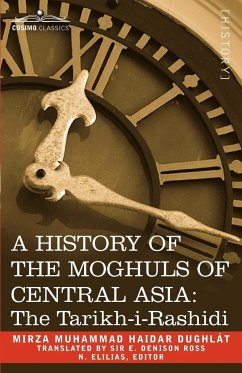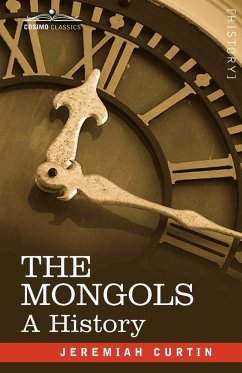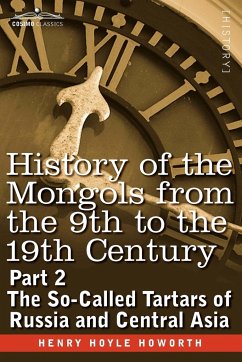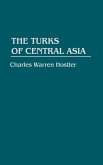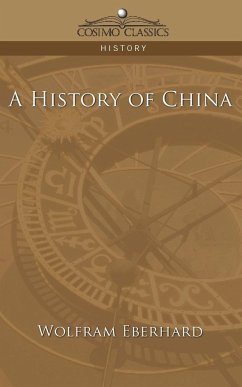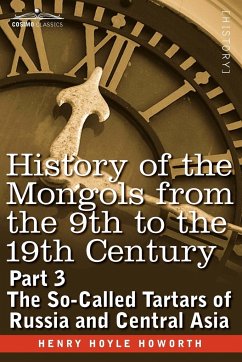One day when Tughluk Timur Khán was feeding his dogs with swine's flesh, Shaikh Jamál-ud-Din was brought into his presence. The Khán said to the Shaikh: "Are you better than this dog or is the dog better than you?" The Shaikh replied: "If I have faith I am the better of the two, but if I have no faith this dog is better than I am." The Khán was much impressed by these words, and a great love for Islám took possession of his heart. -from Part I: Chapter 1: "Beginning of the Tarikh-I-Rashidi" When the history of the Moghuls of Central Asia, which covered several tumultuous centuries, was in danger of being lost entirely, one of its players, the military general and ruler of Kashmir MIRZA MUHAMMAD HAIDAR DUGHLAT (1499-1551), took it upon himself to write it down. The result was the legendary Tarikh-i-Rashidi, and this 1893 work-from the all-but anonymous "N. Elias and E. D. Ross"-represents the first full translation into English of one of the great firsthand documents of global history. Elias and Ross's extensive introduction puts the work itself in its historical context and begins to present us with the world it depicts, one of strife and adventure. The grand story that follows is one of kings and invasions told with enormous pride by a participant in the very history we are witnessing. Little known outside academic circles but vital for understanding how Central Asia was shaped, this is an extraordinary work of history.

